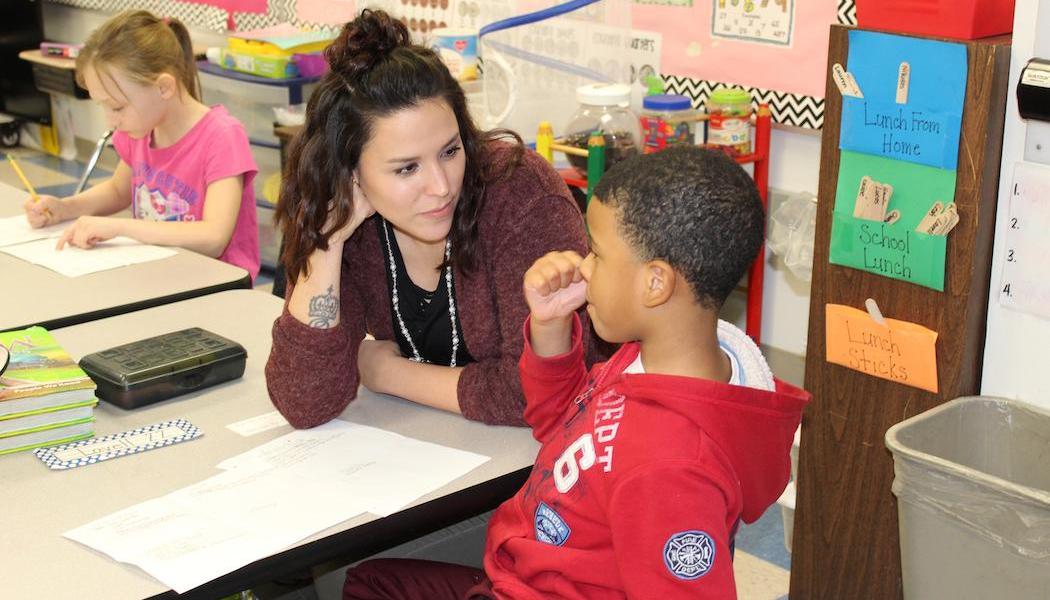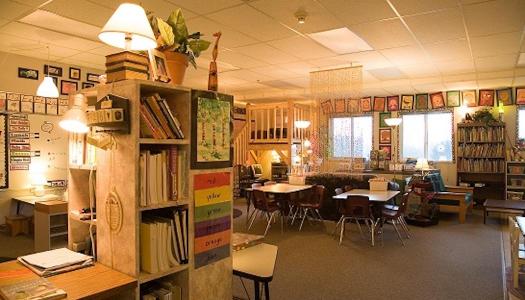Perspective: The Link to Understanding Behavior

Join Our Community
Access this resource now. Get up to three resources every month for free.
Choose from thousands of articles, lessons, guides, videos, and printables.
In every school and in every classroom, there are times when students make unexpected choices. Coming to school in extreme weather without a coat, leaving a mess behind, failing to return papers or books when due, or even running in the halls or talking loudly all leave us to wonder how they missed clearly given expectations. Left unchecked, these behaviors can interrupt learning time for all students and create added stress in the day.
Although addressing these behaviors with consequences may work in the short term, it won’t retrain or create muscle memory for how to meet expectations in the future. Consequences don’t get to the root of the problem. To create behaviors that are desired and will promote learning, we must figure out what is causing the behavior so that we can address the problem and make necessary adjustments so the student will be successful. We must ask questions and gain understanding of the student’s perspective.
Perspective is defined as a particular attitude toward or way of regarding something; a point of view. (Oxford English dictionary online). Understanding student perspective can help us view situations differently. An individual’s past experiences, beliefs, and emotions all play a role in how they perceive a situation or environment, thus affecting their behavior and attitude.
How can we open our minds and broaden our perspective in school? Here are four suggestions:
- Be aware of different perspectives—We don’t see things as they are, we see them as we are. Being aware of this is the first step toward opening our minds and understanding a situation from another point of view.
- Identify environmental and situational triggers—People feel different emotions and respond accordingly, based on past experience. For example, a child who is blamed and gets into trouble at home every time their parent is late going somewhere may learn to leave things behind and hurry when their name is called at school, to avoid getting into trouble there. Asking a child why they hurry or how they are feeling when they are signaled to transition might uncover this reasoning. As a result, we might change the way we call their name, the signal we use, or the amount of time we give them to put things away when transitioning. This change in directive may reverse their behavior of not putting their things away. Gaining an understanding of environmental and situational triggers can give us the why so we can adjust as necessary.
- Give the benefit of the doubt—Believe your students are doing the best they can. They want to be successful and are doing the best they know how. If a time comes when they aren’t doing their best, hold them accountable, but do so in a respectful way. Chances are they don’t have the tools necessary to accomplish what they need to accomplish. Provide necessary support and guidance to help them be successful.
- Teach perspective—Help students understand that every person has their own view of the world and these views are formed by their experiences, attitudes, and emotions. Engage students in various conversations and activities where they can discuss and experience the power of perspective. This can help open their eyes to the viewpoint of others and see how their actions can be perceived differently by those around them.
Broadening our perspective gives us necessary insight to support the diverse needs in our classroom and has a direct effect on our relationships with students and their ability to be successful.






